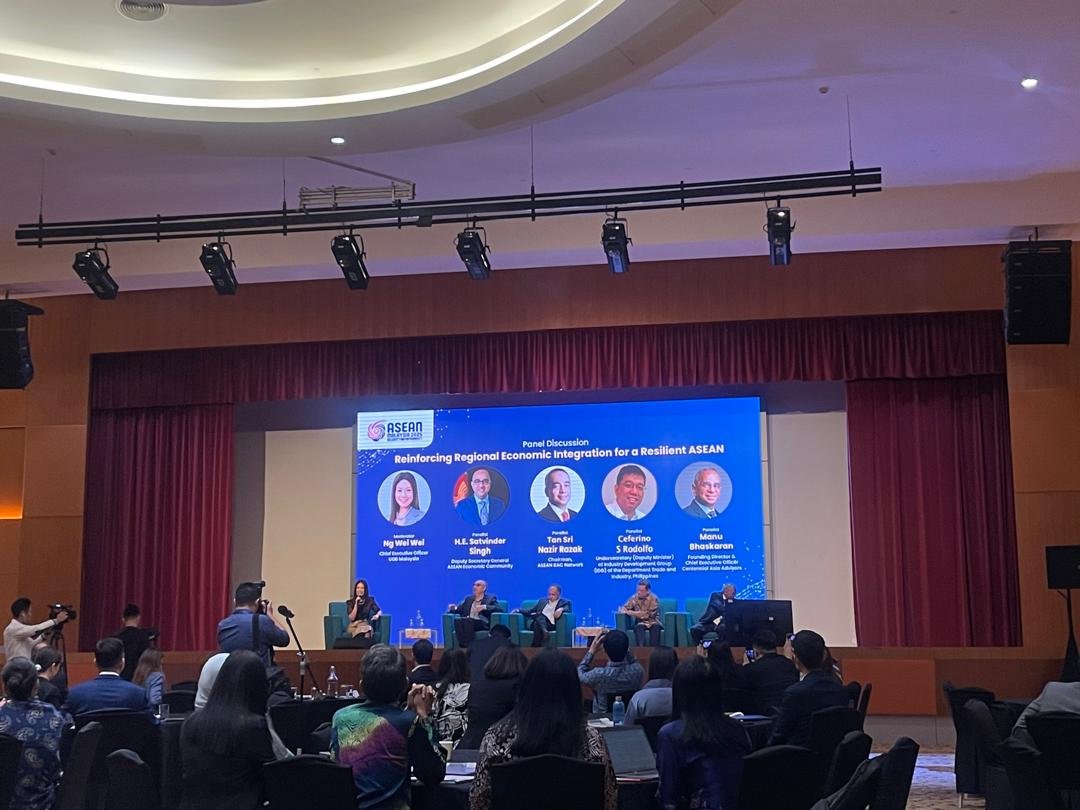Segi Enam Advisors principal Khor Yu Leng was cited by South China Morning Post (25 Jan), for her views on Indonesia’s palm-oil biofuel ambitions following the WTO’s decision. The decision, issued on 10 January 2025, ultimately upheld the EU’s ability to take environmental and climate-based action under its Renewable Energy Directive and affirmed the EU’s classification of palm-oil based biofuel as ‘high risk’ due to its links with deforestation. Notwithstanding, the organisation also criticised the EU’s procedures for lacking transparency and for insufficiently reviewing data to justify its ‘high risk’ designation, rendering them inconsistent with WTO rules. Indonesia, the world’s leading palm oil producer, has since framed the WTO’s criticism of the bloc’s procedures as a “win” in its ongoing battle against EU restrictions on its palm-oil biofuel ambitions. The EU has since stated that it will ‘take the necessary steps to respect its WTO obligations’.
Yu Leng’s comments, as quoted by South China Morning Post, are as below. She referenced Malaysia’s 2021 dispute, in which Malaysia brought a WTO claim against the EU over the latter’s classification of palm oil and palm crop-based biofuels as being at ‘high risk’ of indirect land-use change and argued the measures were discriminatory. In 2024, the WTO upheld the measures taken by the EU, as well as affirming certain related French measures.
Khor Yu Leng, a political economist at Singapore-based Segi Enam Advisors, noted that the ruling echoed Malaysia’s earlier dispute with the EU. “The EU broad policy was upheld, again, but its procedures were faulted,” she said, describing it as “deja vu”....
… Indonesia and Malaysia together produce more than 85 per cent of the world’s palm oil and have been at the forefront of the push for palm oil-based biofuel. Both have sought to leverage their palm oil reserves as a renewable energy source by blending the commodity with ordinary fossil-fuel diesel.
But palm oil biofuel faces an uphill battle. Despite ambitious targets – Indonesia plans to increase its biodiesel blend to 40 per cent this year and up to 50 per cent by 2029 – the global market for palm oil-based biodiesel remains thin, Khor said.
“For a thinly traded palm product, there has been a surprising amount of ink and political capital spent on it,” she said, noting that even neighbouring Southeast Asian countries are prioritising electrification over biodiesel.
“Despite giddy hopes over 10 years ago, there’s just not much trade in this product. Both Malaysia and Indonesia cannot even get neighbouring countries to provide policy support for this.”









